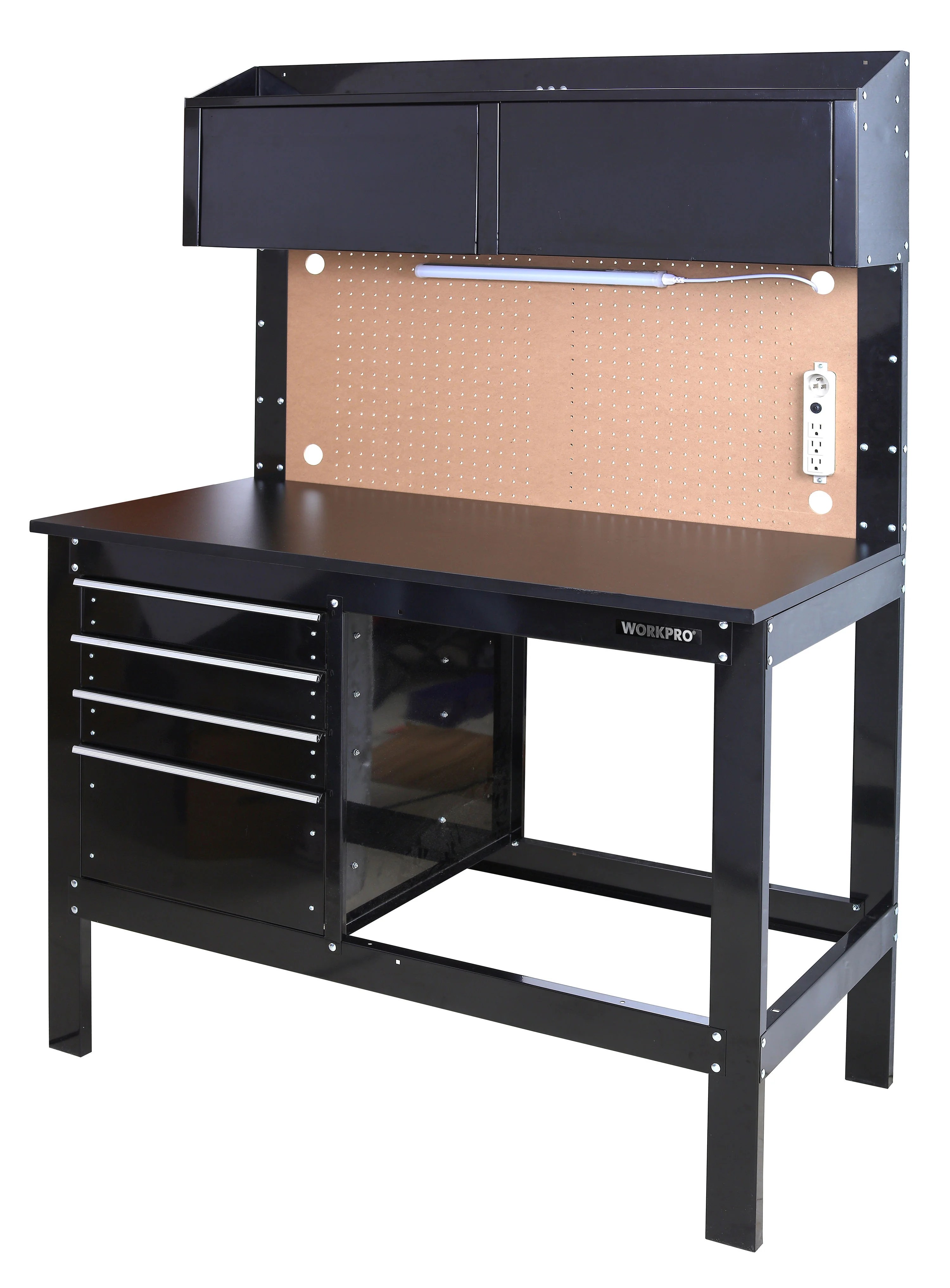160+ Wooden Storage Chest With Lid
 myloview.com
myloview.com Opening: The Charm of a DIY Wooden Storage Chest A wooden storage chest isn't just a functional piece of furniture; it's a statement of craftsmanship and rustic charm. Building your own allows for customization, personal satisfaction, and a piece tailored perfectly to your space and needs. This guide will walk you through the process of creating a beautiful and sturdy wooden storage chest with a lid.
Step 1: Planning and Design Before you grab any tools, it's crucial to plan. Decide on the desired dimensions of your chest. Consider the space where it will reside and what you intend to store inside. Sketch out your design, including the overall size, lid type (hinged or lift-off), and any decorative elements you'd like to incorporate. Make a materials list based on your dimensions. Common wood choices include pine, cedar (for its aromatic and insect-repelling properties), or plywood for a cost-effective option.
Step 2: Gathering Materials and Tools Here's a list of essential materials and tools you'll need: Wood (amount based on your dimensions) Wood glue Screws or nails Hinges (for a hinged lid) Sandpaper (various grits) Wood stain or paint (optional) Polyurethane or varnish (optional) Measuring tape Pencil Saw (circular saw, hand saw, or miter saw) Drill Screwdriver Clamps Safety glasses Dust mask
Step 3: Cutting the Wood Carefully measure and cut the wood pieces according to your plan. You'll need pieces for the base, sides, front, back, and lid. Precision is key for a well-fitting chest, so double-check your measurements before cutting. A miter saw is ideal for accurate angled cuts if you're planning on decorative corners.
Step 4: Assembling the Base Begin by assembling the base of the chest. Apply wood glue to the edges of the base pieces and clamp them together. Secure the joints with screws or nails. Ensure the base is square and level before moving on.
Step 5: Attaching the Sides, Front, and Back Apply wood glue to the edges of the base and the edges of the side, front, and back pieces. Position them on the base and clamp them in place. Use screws or nails to securely fasten the sides to the base and to each other. Again, ensure everything is square and aligned properly.
Step 6: Building the Lid Cut the wood pieces for the lid to the appropriate size, slightly larger than the top opening of the chest to create a slight overhang. If you're creating a framed lid, assemble the frame using wood glue and screws, then insert a panel into the frame.
Step 7: Attaching the Lid (Hinged Lid Option) If you've opted for a hinged lid, attach the hinges to the back of the chest and the back of the lid. Ensure the hinges are aligned correctly so the lid opens and closes smoothly. Test the lid's movement and adjust the hinges if necessary.
Step 8: Sanding and Finishing Sand all surfaces of the chest, starting with a coarser grit sandpaper and gradually moving to finer grits for a smooth finish. Pay particular attention to edges and corners. Wipe away any sawdust with a damp cloth.
Step 9: Staining or Painting (Optional) If desired, apply wood stain or paint to the chest according to the manufacturer's instructions. Allow the stain or paint to dry completely. Multiple coats may be necessary to achieve the desired color.
Step 10: Applying a Protective Finish (Optional) Apply a coat of polyurethane or varnish to protect the wood and enhance its durability. This will also help to resist moisture and scratches. Allow the finish to dry completely between coats.
Step 11: Final Touches Add any final decorative touches, such as handles, latches, or decorative trim. Inspect the chest for any imperfections and make any necessary repairs.
Conclusion: Your Handmade Treasure Congratulations! You've successfully built your own wooden storage chest. This piece of furniture is not only practical but also a testament to your creativity and craftsmanship. Enjoy your new storage solution and the pride that comes with building something with your own hands.
Wallpaper Houses, Amsterdam, Netherland Images For Desktop, Section город
 www.goodfon.com
www.goodfon.com The Beautiful Colored Houses From Houten Netherlands Are The • Wall Stickers Urban, Tour Tourism
 myloview.com
myloview.com Reflections Of Houten Iii By Herman Van Den Berge On 500px
 www.pinterest.com
www.pinterest.com  in.pinterest.com
in.pinterest.com  music.youtube.com
music.youtube.com  www.pinterest.com
www.pinterest.com  storage.googleapis.com
storage.googleapis.com  www.anguloconsulting.com
www.anguloconsulting.com  atelier-yuwa.ciao.jp
atelier-yuwa.ciao.jp  www.northerntool.com
www.northerntool.com  www.pinterest.com
www.pinterest.com  runwildmychild.com ```html
runwildmychild.com ```html  www.vecteezy.com
www.vecteezy.com :max_bytes(150000):strip_icc():focal(587x231:589x233)/cardi-b-kids-022123-4ffee139bb074c03a891431f0148b5e8.jpg) people.com
people.com  www.mooreandmoore.com
www.mooreandmoore.com  www.pinterest.com
www.pinterest.com  wallpaperaccess.com
wallpaperaccess.com  wallpaperaccess.com ```html
wallpaperaccess.com ```html  www.grainger.com
www.grainger.com  4hab.com
4hab.com  www.mysql.com
www.mysql.com  www.walmart.com
www.walmart.com  www.woodsmithplans.com
www.woodsmithplans.com  loebwiurx.blob.core.windows.net
loebwiurx.blob.core.windows.net  woodnekas.blogspot.com
woodnekas.blogspot.com  javdna06.blogspot.com
javdna06.blogspot.com  www.walmart.com
www.walmart.com  www.homedepot.com
www.homedepot.com  www.pinterest.co.uk
www.pinterest.co.uk  diyoutdoorlighting.blogspot.com
diyoutdoorlighting.blogspot.com  www.pinterest.co.kr
www.pinterest.co.kr  octopusdoors.com.au
octopusdoors.com.au  millhollowworks.org
millhollowworks.org  woodworkingplansman.com
woodworkingplansman.com  justwood.it
justwood.it  howcanthis.com
howcanthis.com